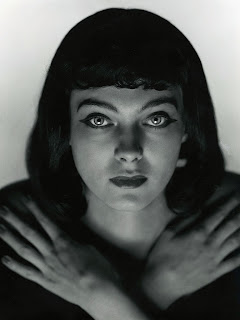Josef Koudelka is a Czech photographer. He traveled all over Europe and photographed the different cultures of Europe. I thought his photographs were an excellent example of being in the right place at the right time and letting the viewers imagination run wild.
The first photo is of a boy was taken in 1975 in Lisbon, Portugal. Josef captured the boy mid stride hurrying to school in a way that it seems he is hovering. The way his arms are situated makes it seems like he is on an invisible hover bike. it reminds of the Jetsons opening sequence. The Also the way that the picture is slated could imply that the viewer is also running or a hover vehicle. I was reminded of the time period by the white car in the background and everyone else walking.
The second and third photos both have dark magical feeling to me even though they were taken at separate times and in separate countries. The first photo was taken in the Czech Republic in 1999. The moment that Josef chose to snap to me makes it seem like she is a banshee that is performing a ritual. He also captured his face in a slight smile that adds to the creepiness. Also I think the way he vale reaches all the way across the fame making it seem like she is leaving a trail behind her.
the third photograph is my favorite out of the three. It was taken in Sevilla Spain in 1977 during holy week. I like how Josef captured a moment that creates a relation between the graffiti and the hooded figure. The hooded figure turns into a wizard that leaves a train of runes/inscriptions along the wall as he walks. This is mainly because of where the hooded man is standing and there is no graffiti where he is headed.





